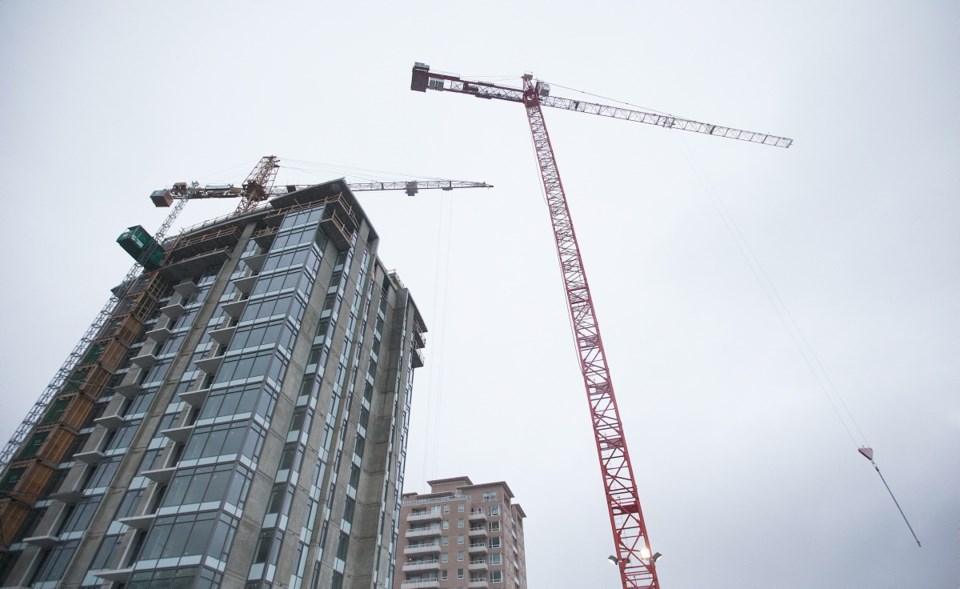An experienced carpenter ordered Tom Sigurdson — then a newbie in construction — to collect a box of three-quarter-inch holes.
Sigurdson clearly recalls that day four decades ago.
He went to the supply shed and came back with a 50-pound box of washers. The older worker said: “ ‘You fool.’ He called me all kinds of names.”
Sigurdson was ordered back, and he returned with a 50-pound box of nuts.
The older worker exploded. “He just was berating me.”
When Sigurdson asked what he wanted them for. “He looks at me and this is when he started to laugh. He said, ‘So I don’t have to drill.’ ”
Everyone else on the worksite “had a good laugh because I was green.”
That was just one of the hazing experiences Sigurdson, executive director of the B.C. Building Trades Council, went through. He persevered but recalls another young man who quit because of similar hazing and bullying.
The trades council and the B.C. Construction Association are each running pilot projects aimed at tackling hazing, harassment and bullying. In March 2018, the province announced $1.8 million in funding to launch programs to support women in the trades.
On Tuesday, the construction association unveiled its “Don’t be a tool” campaign using humour through animated cartoons to deliver a serious message in its bid to change workplace culture.
The campaign is part of a new builders code that the association is hoping the province’s 25,432 construction companies will adopt. The effort includes new policies, posters, online and onsite training, and advisers to help smaller companies deal with human resources matters.
The construction association has developed a builders code which is “all about reinforcing the need for an acceptable worksite to ensure safety and productivity in construction throughout all of B.C.” said Chris Atchison, association president.
Its goal is to bring about a “necessary cultural shift in our industry.”
He said that not all workplaces have problems — there are employers who have long promoted respectful work sites.
The initiatives come at a time when the construction sector is running short of trained workers and anticipates the situation will worsen as more baby boomers retire. Programs to attract newcomers to trades, including groups not traditionally represented, have been rolled out around B.C.
But it’s not enough to get women into trades. “Generally what we are finding is that women are more than 50 per cent likely to leave the skilled trades within the first year,” Atchison said.
Women in trades typically join with needed skills and credentials, he said. “We know that we need to do a better job of making them our future champions in the industry to encourage women and under-represented groups to have acceptable work sites in which to thrive.”
Of B.C.’s 180,300 credentialed tradespeople, 8,474 are women.
The union-run B.C. Centre for Women in the Trades, was set up to boost retention and promote the advancement of women in the trades.
Program features include mentoring, networking, skills-building, and creating a central database for women in trades. It aims to create a program for men, to develop a culture where discrimination, harassment and bullying are not tolerated.
Sigurdson is appalled by what he’s seen on some sites. “For women — the kind of harassment and bullying they take on the site — it is horrible.”
There’s been “stuff that’s drawn on the port-a-potty walls that questions their right to be there. Some of the stuff is really graphic. It’s offensive and that is what is what we need to change.”
A 2017 report called Enhancing the Retention and Advancement of Women in Trades in B.C., supported by federal and provincial governments and involving stakeholders, said that between 40 and 42 per cent of women who responded to a survey said gender-based bullying, harassment and exclusion, along with a sexualized work environment posed significant challenges.



